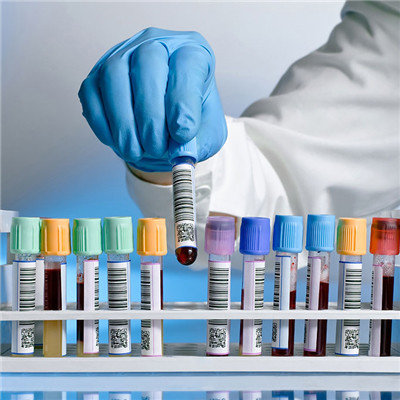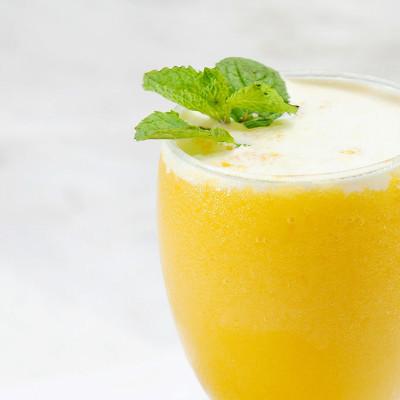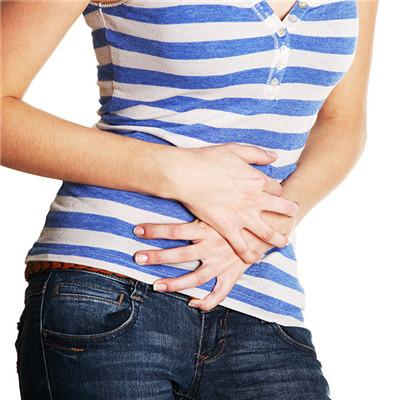Carotid artery stenosis?
summary
Carotid artery is one of the main blood supply vessels of brain, which transports blood from heart to head, face and neck. According to the literature, the incidence of cerebral ischemic events in patients with severe carotid artery stenosis within 2 years is more than 26%, even with effective drug treatment; More than 60% of cerebral infarction is caused by carotid artery stenosis. Severe cerebral infarction can lead to disability and even death. Therefore, carotid artery stenosis has become one of the "number one killers" endangering people's health in today's society. Carotid artery stenosis? Let's talk about it
Carotid artery stenosis?
Some patients with mild or moderate carotid stenosis may have no clinical symptoms. For patients with clinical symptoms related to stenosis, it is called "symptomatic carotid stenosis". The clinical manifestations of symptomatic carotid stenosis are mainly related to cerebral ischemia caused by vascular stenosis.

According to the characteristics of onset time, it can be divided into transient ischemic attack and stroke, and the main difference between the two is whether the ischemic symptoms can be completely relieved within 24 hours. Transient ischemic attack can be completely relieved, but stroke can not be completely relieved.

The ischemic symptoms caused by carotid artery stenosis mainly include dizziness, memory, disorientation, disturbance of consciousness, amaurosis, facial and / or limb numbness and / or weakness, tongue extension, poor speech, and inability to understand what others say.

matters needing attention
Drug therapy mainly includes stabilizing atherosclerotic plaque and anti platelet aggregation drugs. Statins, aspirin and / or clopidogrel are commonly used in clinic. In addition, drug therapy also includes drug therapy for risk factors such as hypertension and diabetes. Drug therapy can only stabilize atherosclerotic plaque, reduce thrombosis as far as possible, slow down the progress of atherosclerosis, thus reducing the occurrence of cerebral ischemic events, and can not fundamentally remove plaque, or achieve the purpose of restoring blood flow in brain tissue.












